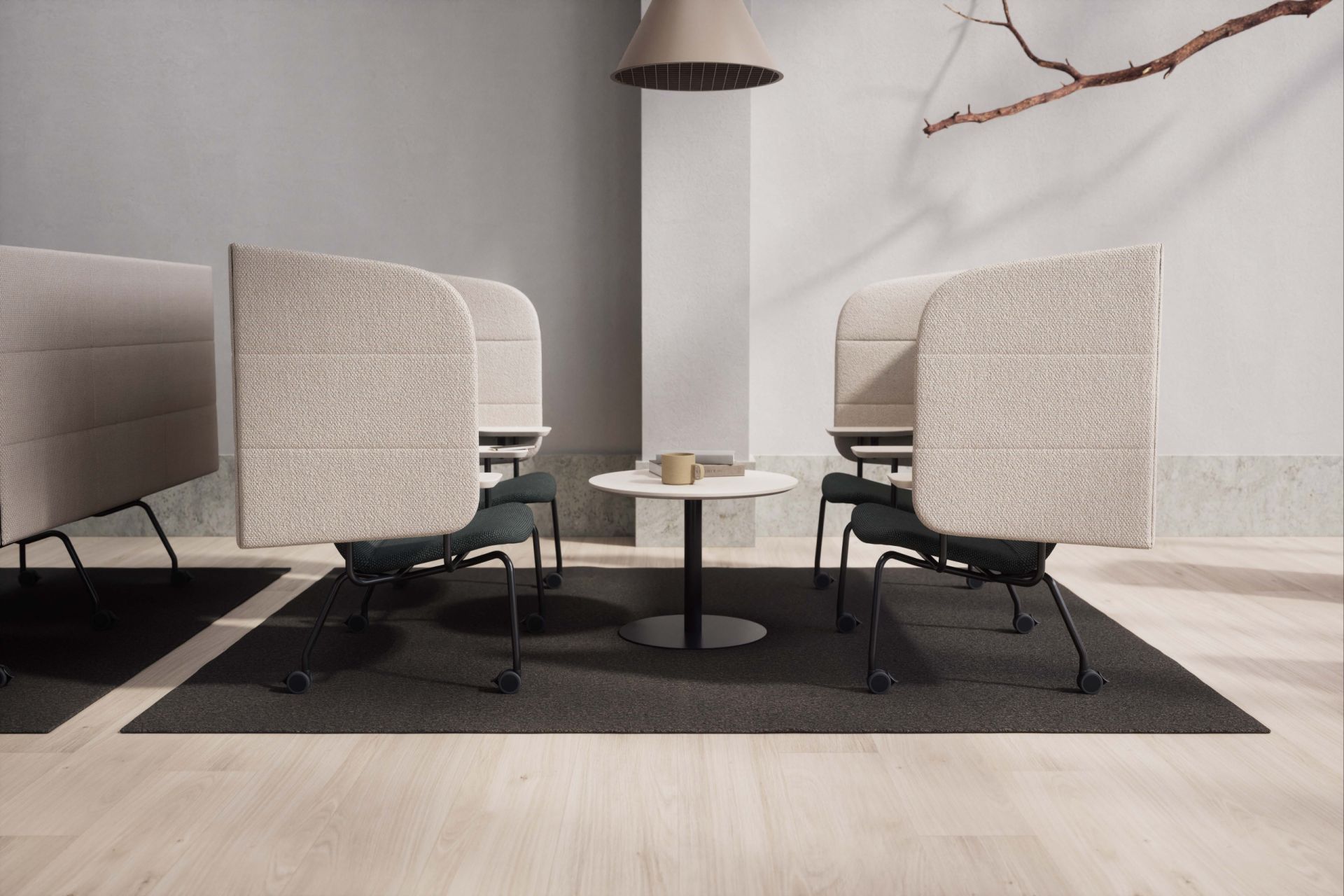
Spaces for focus and recovery
Are we growing sicker and more tired the more efficient we get? New technology and changing working methods have an impact on the workplace and employee well-being. How can we counter and reduce negative stress in the workplace?
As working life transition from mainly industrial production to a more service-oriented economy, work-related ill health also changed. Statistics Sweden’s 2020 work environment survey shows that physical exhaustion after work is more common among people in blue-collar occupations, while mental fatigue is more common among white collar workers. The difference between positive and negative stress is in the possibility of recovery. Positive stress is good when starting a task or meeting a deadline and the stress is short-lived. Negative stress is long-term and makes us feel bad. According to Prevent*, sick leave due to stress is at a record high in Sweden. Between June 2019 and June 2023, the number of people absent from work with stress-related diagnoses grew by no less than 49 per cent.
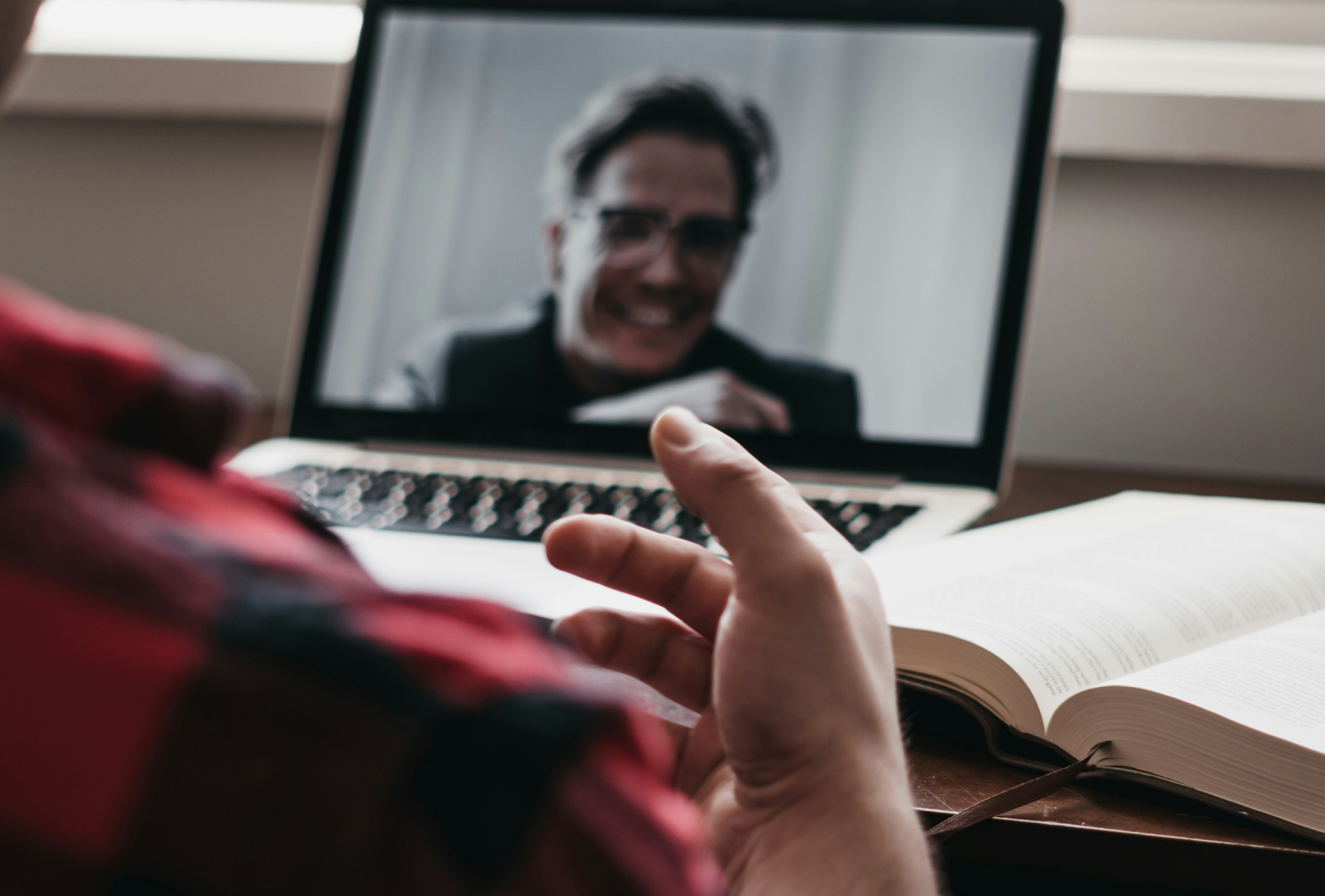
Countering biological slumps
Our brains can only manage 1.5 to 2 hours of activity before they enter a biological slump. This is because they have not really developed since the Stone Age, while our surrounding world has changed a a lot, fast. Because digital work has a great impact on our brains, a day filled with virtual meetings can be cognitively exhausting.
Research from Stanford University et al, shows that we grow significantly more tired from virtual meetings than in-person meetings, and that such fatigue has several causes. Participants in virtual meetings face each other all the time, which is not usually the case in in-person meetings. It can also be more difficult to interpret body language and facial expressions, and enervating to see yourself all the time. Take breaks during long meetings, be they virtual or in-person. Time out for a cup of coffee or just a breather by the window can make all the difference.
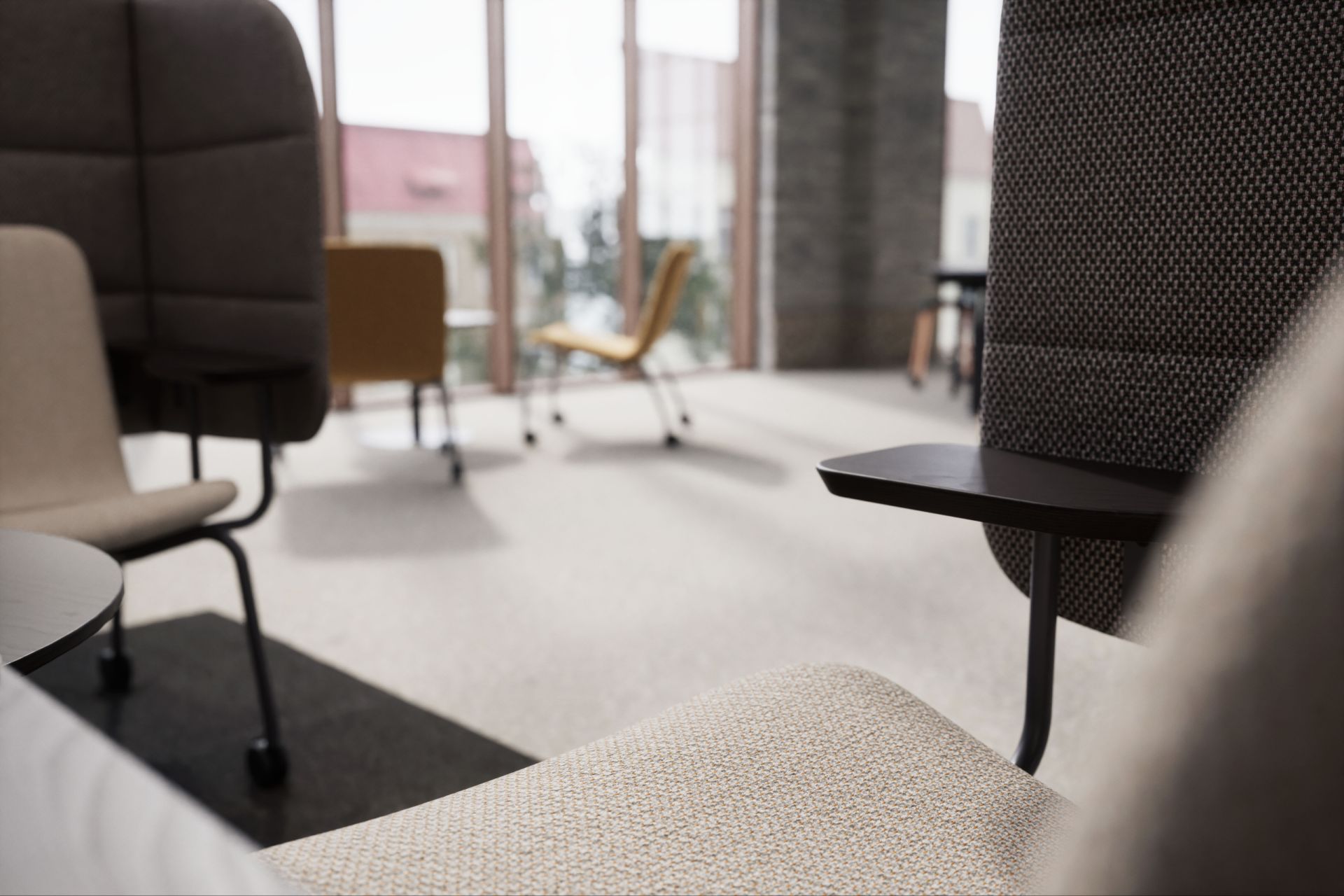
Finding focus
Multitasking is often a sign of stress. Not only does it tire us out, it also makes us dumber. A study from the University of Sussex in Brighton showed that multitasking slows us down, temporarily reduces our IQ by 15 points and makes us less efficient. It impairs our concentration, planning abilities and attention to detail. Försäkringskassan’s annual situation report shows that no fewer than 25 per cent feel they lack the opportunity for focused work in the workplace. This figure is even higher during work under pressure or when the workload is high.
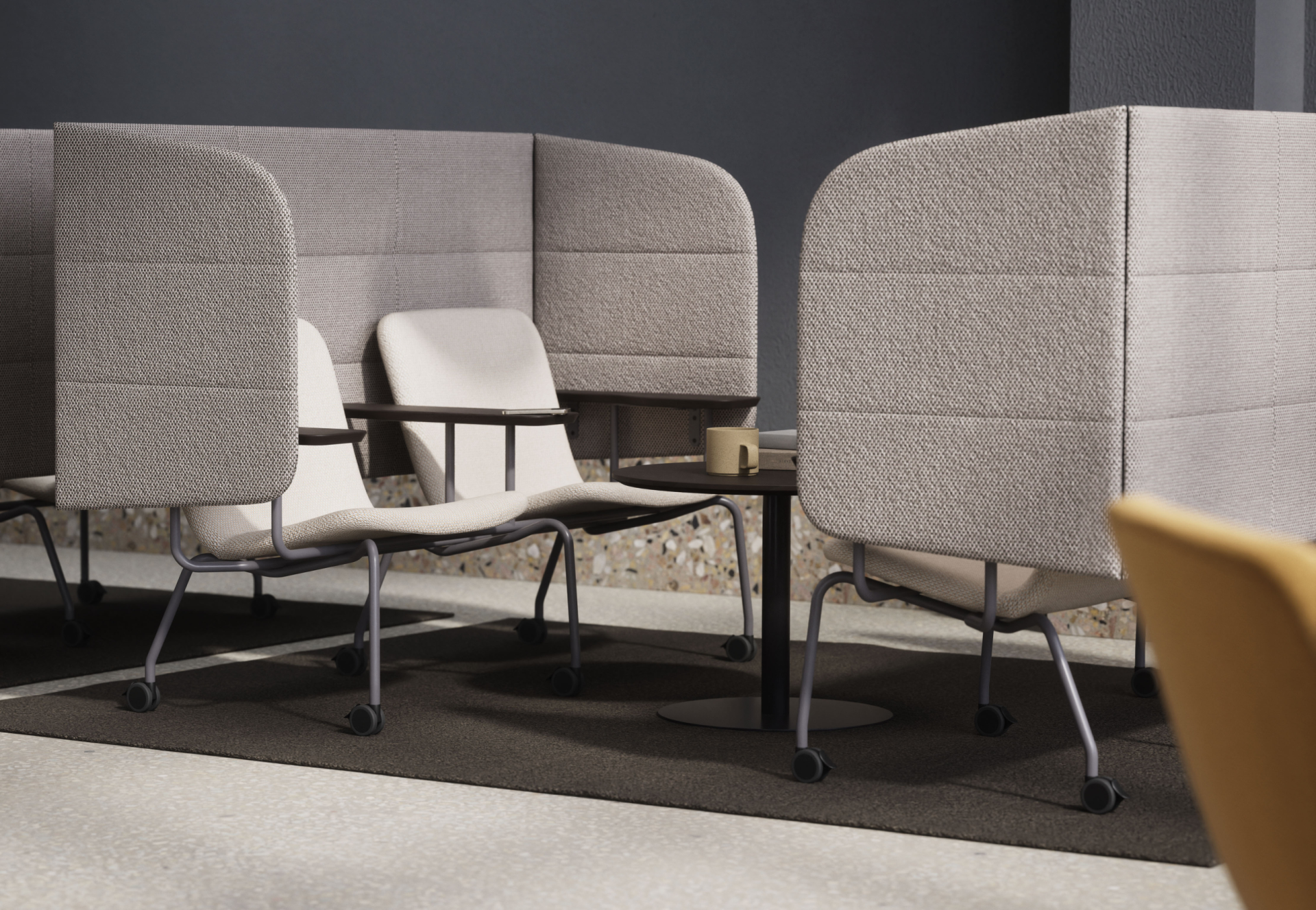
Often, many people feel they have to get away from the workplace in order to get their work done. One way to solve this is to create zones and spaces for focused work, solitary or together with others. The focus zones could use partitions and furniture such as sofas and high-back armchairs to form visual and acoustic screens, where booths would also act as spaces for a spell of recovery.
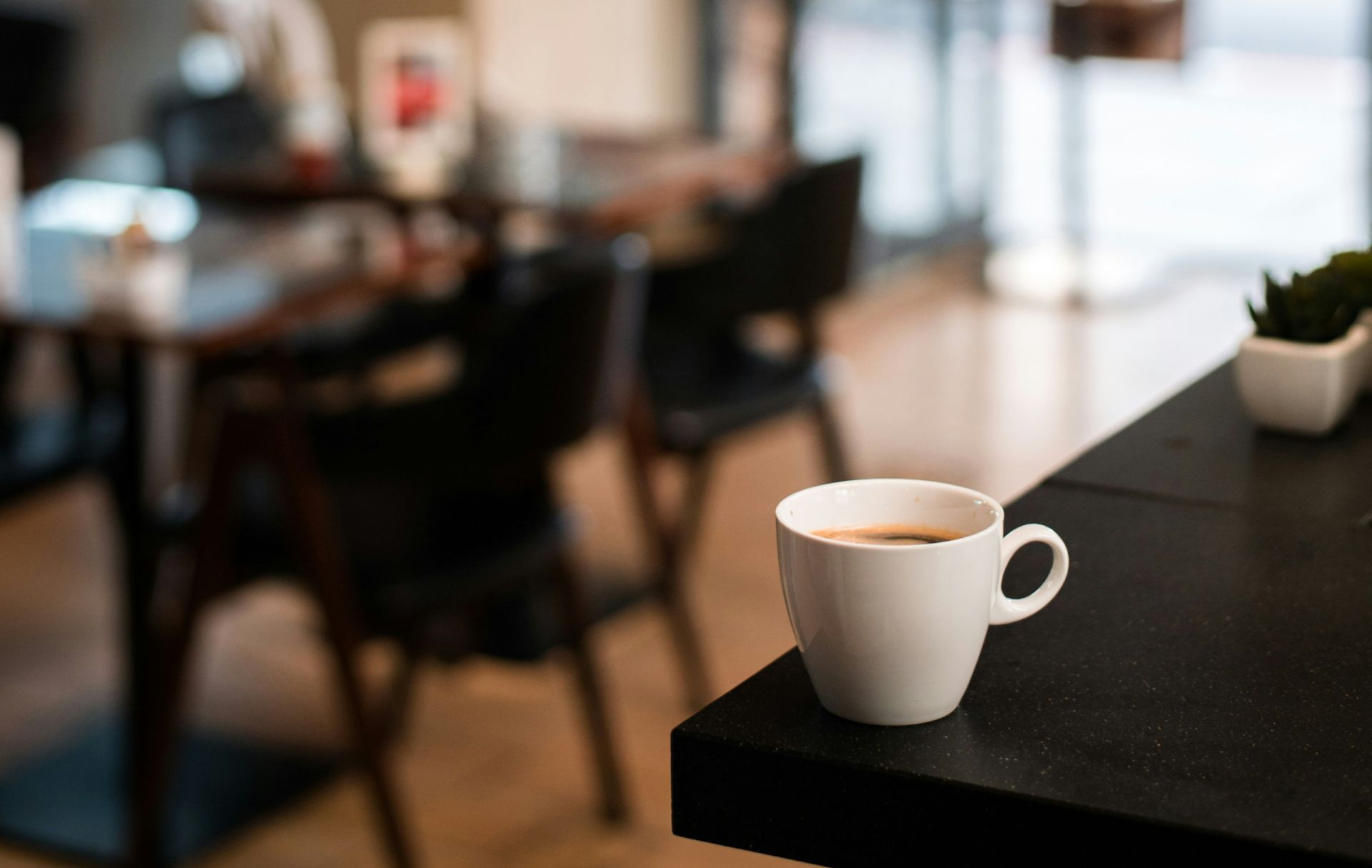
Recovery time
Recovery is a key factor in our wellness and ability to perform; it can consist of sleep and rest, but also breaks and activities that provide energy. The type of recovery that is best varies and is especially important in periods of high stress. It’s also important that managers set a good example by prioritizing recovery and being present to monitor staff opportunities for such recovery. One way of avoiding stress related ill health is to set aside time and space for micro-breaks and separate rest periods during the day. This could be eating lunch in peace and quiet, going for a walk outdoors in the middle of the day, yoga to wind down after work or coffee breaks in cosy settings.
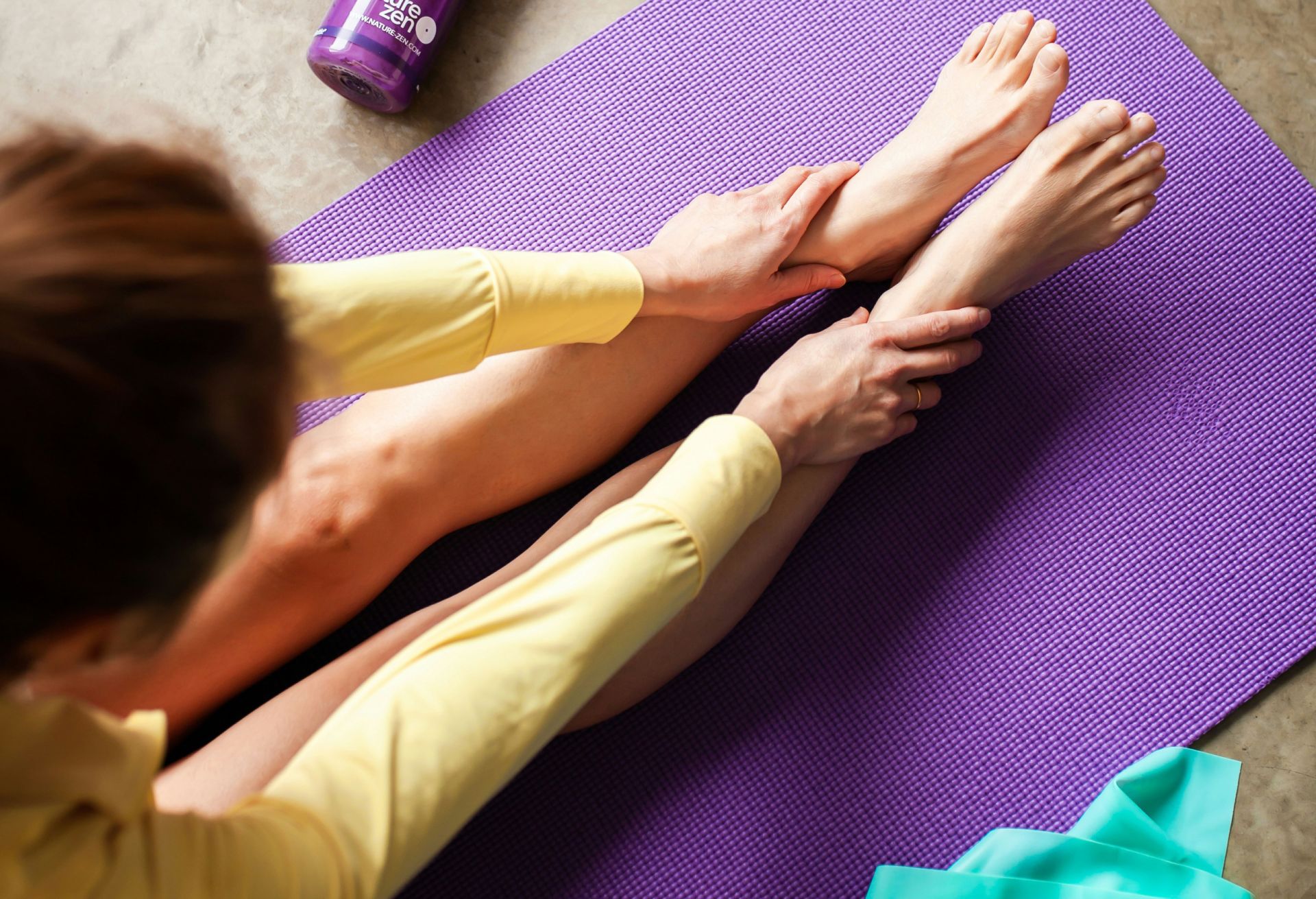
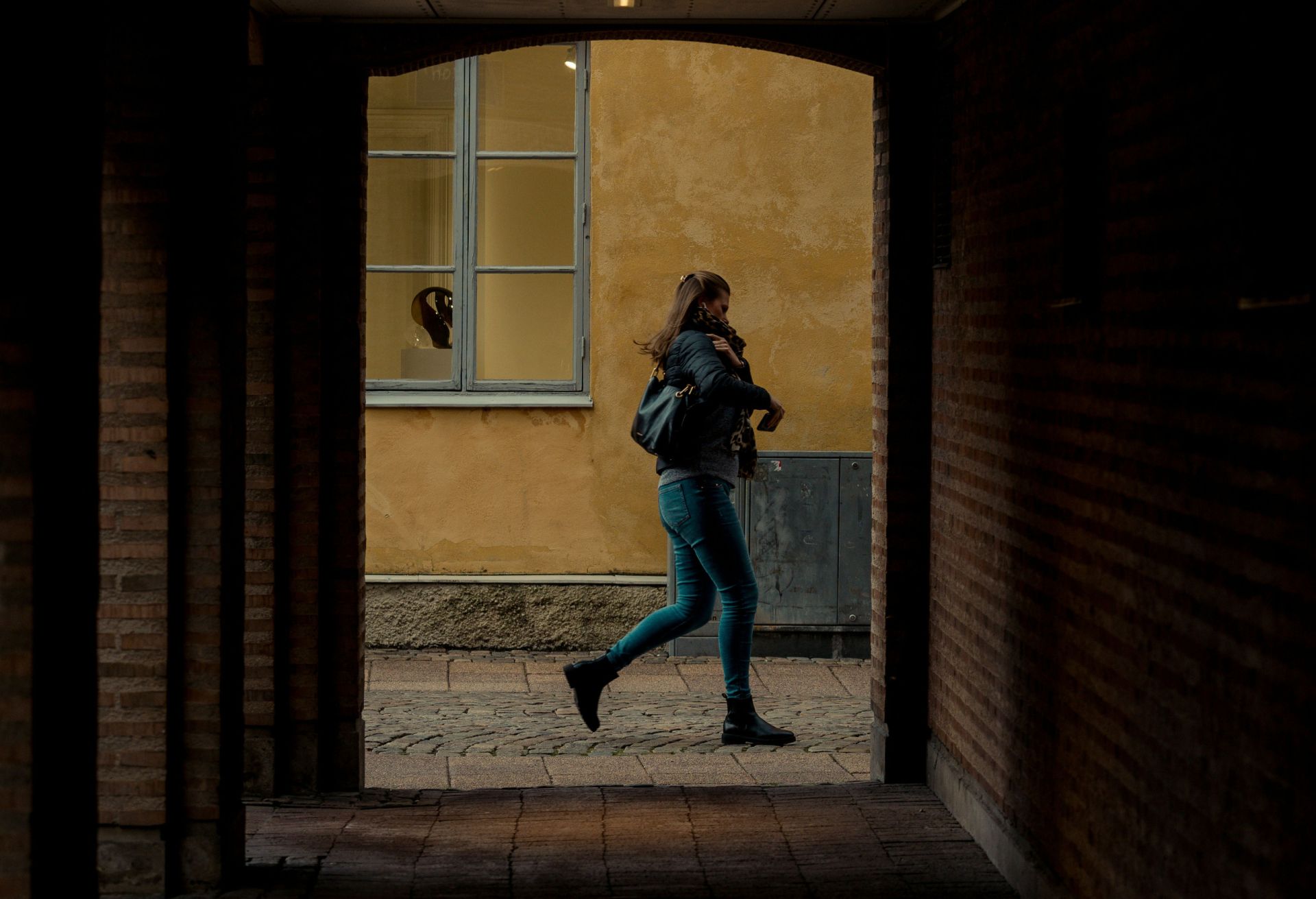
Because every workplace has its own unique conditions, there is no one-size-fits-all template, so it’s good if you can jointly discuss ways of recovery to reduce tension and replenish energy. In the case of breaks, take note of the way the workplace looks, and how to promote recovery in that setting. Is there access to spaces where people can sit undisturbed for a while, perhaps to read a newspaper, listen to music or do relaxation exercises?
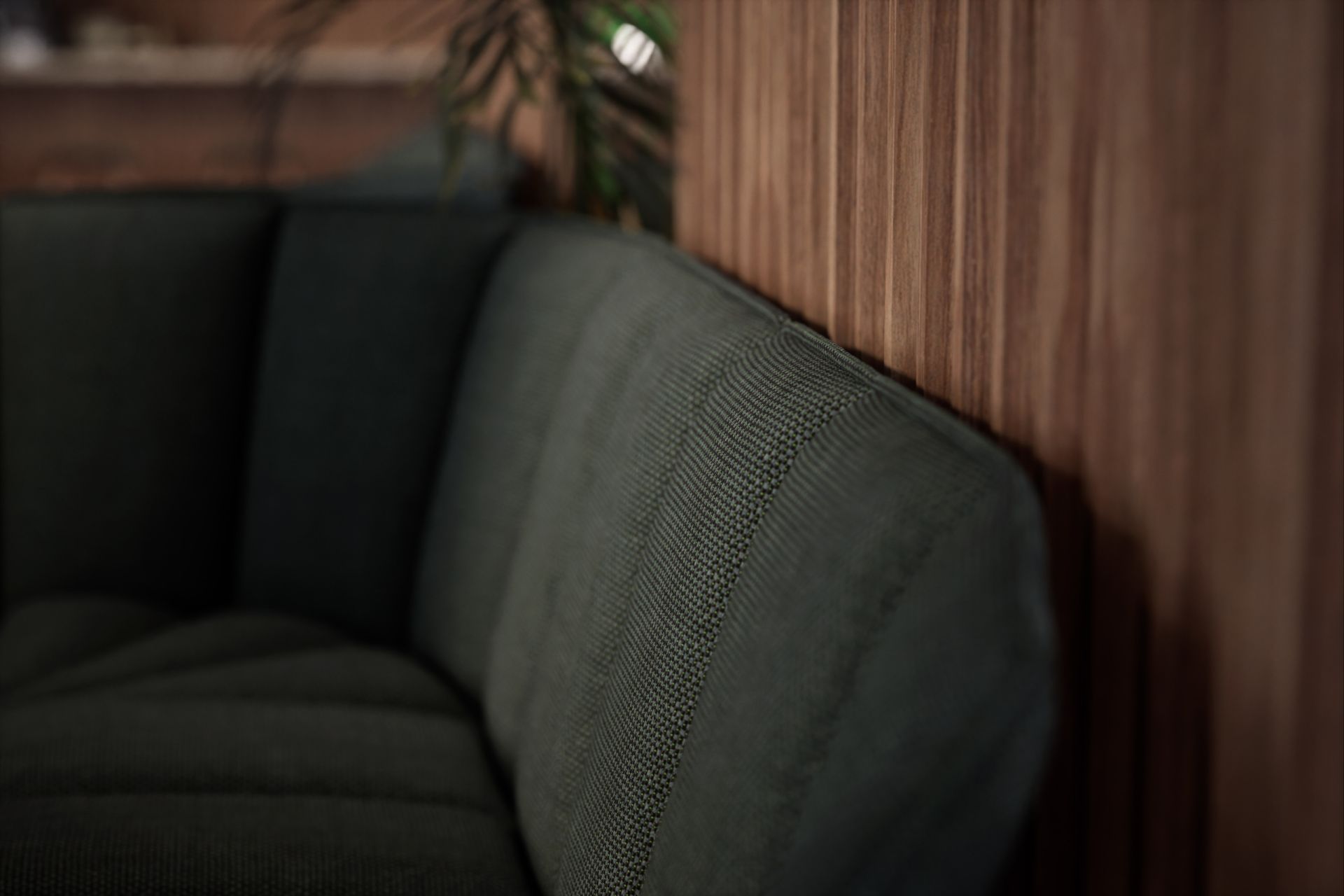
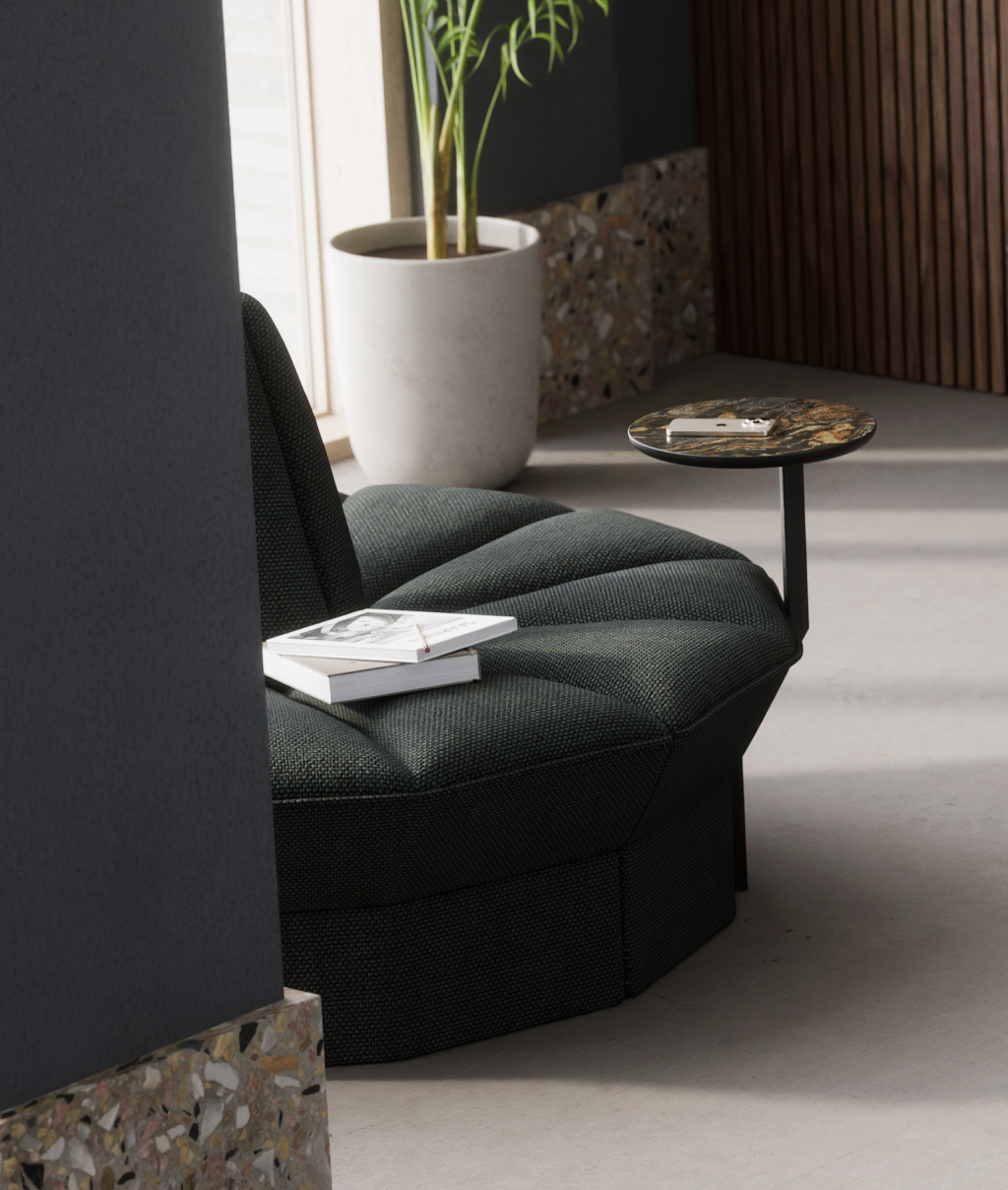
According to Försäkringskassan’s situation report on mental ill health, 14 per cent lack access to spaces for reducing tension such as gyms and relaxation areas in the workplace. Ideally, designate one or more specific places for recovery to strengthen the boundary between rest and work. In this way, recovery becomes an integral part of the workplace culture. The recovery space could be in the canteen, meeting room, gym, lounge, quiet room or balcony. Comfortable seating, subdued lighting, music or the opportunity for fresh air are just a few typical attributes of a recovery space.
*Prevent is a non-profit organization owned by the Confederation of Swedish Enterprise, the Swedish Trades Union Congress and the PTK trades union association, whose purpose is to help companies improve the work environment.